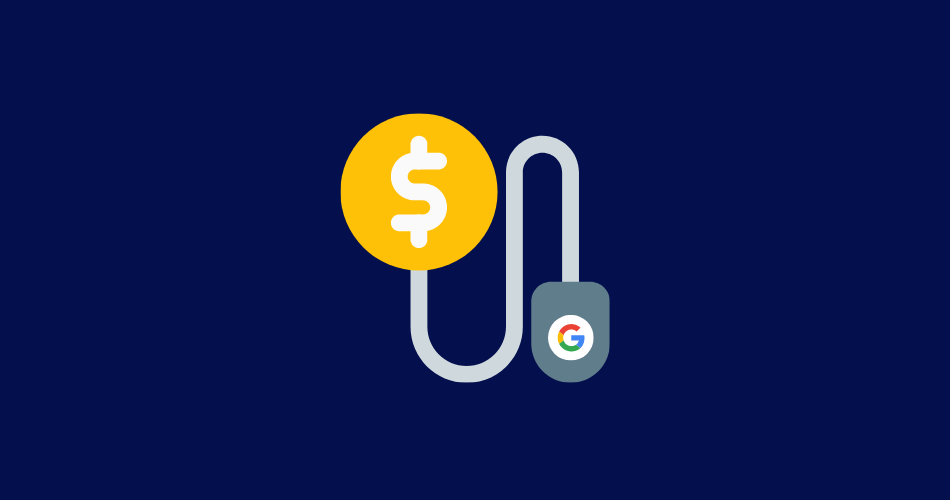You probably already know that Google Ads is one of the most powerful digital marketing platforms that exist on the worldwide web today. It allows companies of all sizes to target and engage with its targeted customers directly.
Although it’s based on an auctioning pay per click model, its relative simplicity has transformed the world of advertising. However, do not be fooled by its user friendly interface that has been developed especially for you. There is a state of the art, advanced technology supporting it and running it.
I will share five of the most advanced characteristics from Google that will help you to obtain a serious competitive advantage over your other industrial counterparts.
Since the last few years, Google Ads has undergone several operational and interface-related changes. As the main revenue generator, Google Ads design has been revamped to be more user friendly for digital marketers who utilise it to evaluate campaign performance and appraise potential opportunities.
Now, when we say there is some serious technology behind Google Ads: we weren’t kidding. Complex machine learning algorithms are incorporated to analyse every possible factor: from user behaviour to search intent and bid adjustments is examined and analysed in thorough detail. This changes yet improves how brand managers operate search campaigns.
A lot of trends related to search abilities are emerging and making headway in today’s digital realm. Visual search, voice-lead search, and the constant increase in online commerce is all based around Google’s search engine.
Amidst all this, paid search is also growing due to innovations. This is leading to fresh, inventive ways that will allow brand managers and companies to connect with their target customer groups. Whilst the future promises a thrilling ride, we must not forget that marketers have to keep their heads in the present game as well.
Google Ads is home to a host of diverse features that allow this as it effects companies’ digital marketing performances. Regardless of automotive processes taking over the day to day operations of personal accounts, the need for paid search professionals has never been more urgent.
Here are 5 important Google Ads traits that will help increase your PPC campaigns performance:
1. Click to Call
Click to call may not appear to be a vital feature to you and is often overlooked. However, it requires no time to set up and minimal effort. If you, as an advertiser, want to insert call extensions, gain statistics on this particular call to action, and even decide when they will appear in search results, it is possible to do so all within Google Ads through a manual feature.
It has become an automated procedure to quite an extent. Google now acknowledges which landing pages have phone numbers on them and can automatically create call extensions based on that knowledge. But of course, you have to do some manual inputs in order to enable this feature.
2. Targeting via Demographics
As a marketer, you can target your customer based on his parental status and income. Not only that, you can set parameters for age and gender as well. However, note that targeting income as a variable is only possible in a few countries, mainly the United States of America, New Zealand, Japan and Australia.
Despite its geographical limitation, it is a critical update that will soon expand to other parts of the world. When put together with the new user interface, some incredible reporting will come to light and change the way marketers plan their campaigns.
3. Optimised Ad Changes
Google made a lot of changes to its Google Ads system. Ultimately, ad rotation is meant to show its users different advertisements and see which one resonates the best with them. Of course, the machine learning technology employed by Google is ideal for such a task.
Google endorses having a minimum of 3 ads in each ad campaign group for effective testing results. If you have a large number of ads for Google to choose from, it promises better outcomes.
4. Smart Bidding
Smart bidding deploys machine learning technology to evaluate the different relationships between diverse factors and see how it can improve performance via the Adwords function. It can optimise bids to generate the highest possible return on investment for the marketer’s KPIS.
How does this work? Smart bidding views the entire context of the given bids and checks different variables individually and holistically to comprehend what set of circumstances led to certain results. Armed with this information, it can place a direct, accurate bid to mark the marketer’s campaign targets.
These targets can be set based upon cost per acquisition, cost per click or return on ad spend. The most recent alternative accessible to brands is labelled “maximise conversions” and aims to generate the optimal quantity of conversions against an appointed budget.
You guessed it right, a lot of data is needed for such parameters. It will be better if you use this feature only if you have spent some time on Adwords and stacked up sufficient historical patterns of Adwords performance information.
Some digital and brand marketers still prefer the manual method to setting their parameters.
5. Custom Intent Audience Groups
Google is gearing up to take on Facebook’s control variable techniques by giving custom intent audience controls to its users. When you review Google’s guidelines on how to apply this to your campaigns, you will see that it incorporates machine learning algorithms yet again.
It will study your customer group’s behaviour and interactions across all Google channels such as Youtube, the Google display network and more and generate an automated audience list. Facebook is still ahead in the game in this regard, but this particular field has drastically improved the overall product.




